Stageworks: Mastering the Art of Dynamic Stage Lighting
Illuminating the Performance: Understanding the Basics
Dynamic stage lighting transcends mere illumination; it’s a storytelling tool, a mood-setter, and a crucial element in crafting a compelling theatrical experience. Before diving into the intricacies of dynamic effects, let’s solidify our understanding of the foundational elements. This includes grasping the different types of lighting instruments – from Fresnels and PAR cans to LED fixtures and moving heads – and their unique capabilities in terms of color mixing, beam angle, and intensity control. Understanding the interplay of these instruments forms the bedrock of effective lighting design. We’ll explore color temperature, the use of gels, and the importance of choosing the right fixture for the specific need.
The Power of Movement: Exploring Moving Lights and Automated Systems
The evolution of stage lighting has been significantly shaped by the introduction of moving lights. These automated fixtures offer unparalleled control, allowing for dynamic shifts in color, position, and beam shape. This section delves into the technical aspects of moving lights, discussing various functionalities like pan and tilt, gobo projection, and prism effects. We will explore different types of moving head fixtures, comparing their strengths and limitations, and discussing their suitability for different performance styles and venue sizes. Furthermore, we’ll explore the role of lighting consoles and programming software in creating seamless and captivating light shows.
Crafting Mood and Atmosphere: The Art of Lighting Design
Dynamic stage lighting isn’t simply about technical proficiency; it’s an art form deeply intertwined with storytelling. This section focuses on the creative aspects of lighting design, exploring how light can be utilized to enhance the narrative, create specific moods, and emphasize key moments in a performance. We’ll examine techniques like cross-fading, chases, and strobing, discussing their effective use in conveying emotions, building tension, and guiding the audience’s focus. Case studies of successful lighting designs will illustrate the power of strategic lighting choices.
Beyond the Basics: Advanced Techniques and Emerging Trends
To truly master the art of dynamic stage lighting, one must continuously explore and adapt. This section will examine cutting-edge techniques, such as the integration of LED technology for energy efficiency and creative color solutions, and the increasing prevalence of data-driven lighting control systems. We will also explore the use of special effects, including fog, haze, and projection mapping, to create immersive and unforgettable theatrical experiences. The future of stage lighting is constantly evolving, and this section serves as a glimpse into its exciting possibilities.
Practical Application and Troubleshooting
Finally, we bridge the gap between theory and practice. This section offers practical advice on lighting setup, troubleshooting common issues, and maintaining your lighting equipment. We’ll cover safety precautions and provide helpful tips for optimizing your lighting system for different performance environments. Whether you’re a seasoned professional or just starting your journey in stage lighting, this section offers valuable insights for achieving optimal results.
Conclusion: Illuminating Your Creative Vision
Mastering dynamic stage lighting requires a combination of technical skill and creative vision. By understanding the fundamental principles, exploring advanced techniques, and continuously learning and adapting, you can unlock the transformative power of light and create truly breathtaking theatrical experiences. The journey is ongoing, and the possibilities are limitless.


